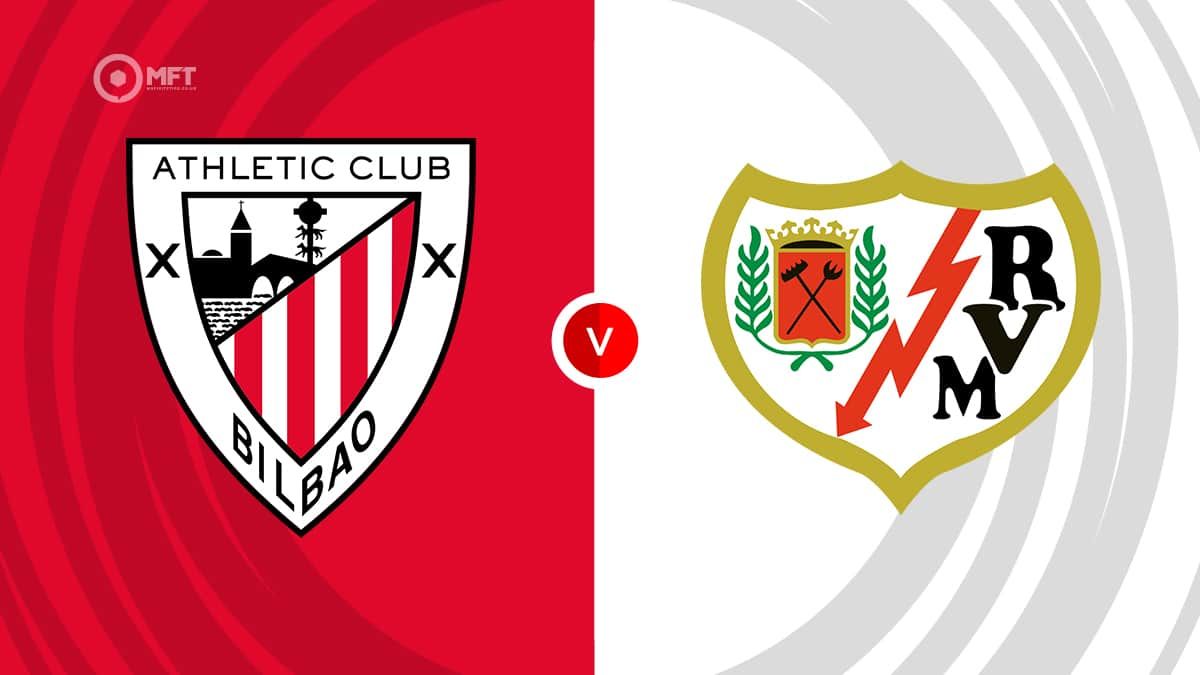MrFixitsTips
Match Previews

Bookie Bonuses
HORSE RACING BETTING TIPS
-
Monday's Racing Tips – Patrick Mullins travels to Epsom for a third win in the Amateur Derby
Wesley Ward's runner at Deauville did what was expected, and that was to lead from the front, but she...
-
Sunday's Lucky 15 Tips – Selections from Goodwood & Beverley
As always, thanks to Cairnzy for doing the Lucky 15 thread for Saturday's racing. He had one winner in...
-
Sunday's Racing Tips – Wesley Ward eyes a third win in the Prix Morny with smart looking Outfielder
Saturday was much better, and to walk away from the York Ebor Festival with two winners and one placed...
-
Saturday's Lucky 15 Tips – Selections From York and Curragh
I messaged Rizz earlier on and offered to cover Saturday's Lucky 15 bet. Rizz will return tomorrow evening with...
GOLF BETTING TIPS
-
Golf betting: Open Championship betting tips and preview
It only feels like last week that we were gearing up for the first major of the season at...
-
Golf betting: US Open betting tips and preview
The third golf major of the season will take place this weekend at Oakmont in Pennsylvania. The US Open...
-
Golf betting: PGA Championship betting tips and preview
The second major of the season is here, and after the drama of the Masters last month, excitement levels...
-
Golf betting: The Masters betting tips and preview
After 365 days, the greatest golf tournament in existence is finally upon us once again and on Masters Eve,...
TENNIS BETTING TIPS
-
US Open Day 2 tips: Alcaraz to drop a set to Opelka?
The 2025 US Open is underway at Flushing Meadows, with a stacked field of men and women all competing...
-
Wimbledon day 14 tips: Men's final bet builder
After a sensational two weeks in South London, the final day of the 2025 Wimbledon Championships is upon us. ...
-
Wimbledon Day 13 tips: Predictions for the women's singles and men's doubles finals
The final weekend at Wimbledon is upon us, and it has been a tournament to remember across all of...
-
Wimbledon Day 12 tips: Who will reach the men's final on Sunday?
Day 12 of Wimbledon will see the two men's semi-final matches take place on Centre Court, and it is...
















































 GambleAware
GambleAware